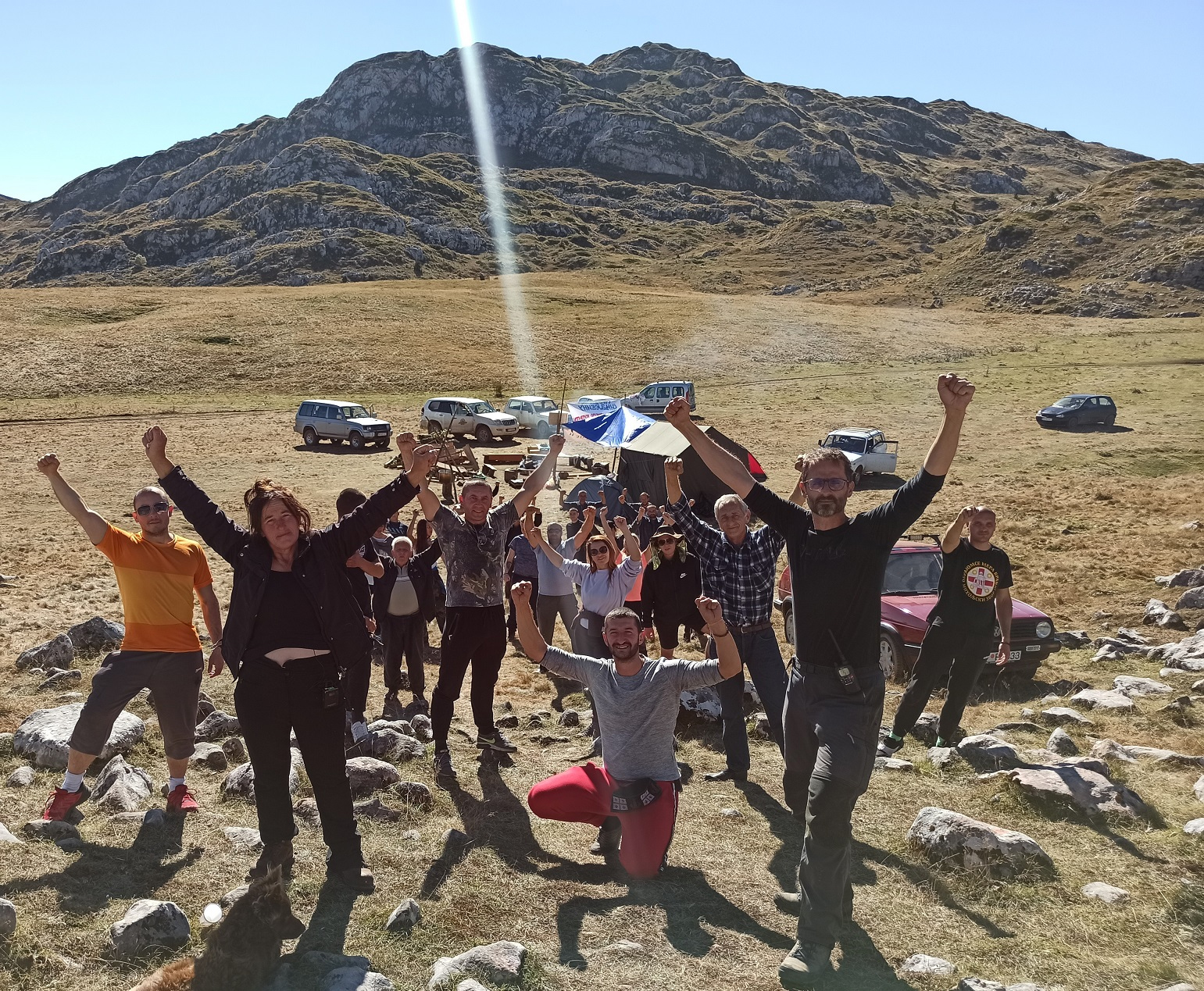Check Out the Check List to End Tyranny
By David Swanson, World BEYOND War, December 15, 2021
https://worldbeyondwar.org/check-out-the-check-list-to-end-tyranny/
Whether or not you’re familiar (as everyone should be) with Peter Ackerman’s book and film “A Force More Powerful” about successful nonviolent activism campaigns, or his other books and films on the same theme, if you have any interest in changing the world for the better you’ll probably want to check out his short new book, The Checklist to End Tyranny. A webinar on this book would have accomplished radically more than the recent Joe Biden Democracy Summit.
The book does not address the criticism that powerful nonviolent tactics have been used to undesirable ends by the U.S. government, coopting local movements for desired overthrows. Nor does it apologize for its dubious origins in the Atlantic Council. But, obviously enough, getting hung up on this shortcoming reveals primarily the lack of seriousness in those getting hung up. A powerful tool is a powerful tool, no matter who uses it for what good or evil or unclear purposes. And nonviolent activism is the most powerful array of tools we’ve got. So, let’s use these tools for the best possible purposes!
Ackerman’s new book is not just a good introduction and summary, explanation of language and concepts, and review of the state of nonviolent activism and education, but also a guide to planning and building a campaign. Ackerman highlights these tactics, of the thousands available, as having particularly great potential for many places at this point in time (but does not comment on any pandemic adjustments):
- Group of mass petition
- Assemblies of protest or support
- Withdrawal from social institutions
- Consumers’ boycott of certain goods and services
- Deliberate inefficiency and selective noncooperation by constituent governmental units
- Producers’ boycott (the refusal by producers to sell or otherwise deliver their own products)
- Refusal to pay fees, dues, and assessments
- Detailed strike (worker by worker, or by areas; piecemeal stoppages)
- Economic shutdown (when workers strike and employers simultaneously halt economic activities)
- Stay-in strike (occupation of worksite)
- Overloading of administrative systems
He uses the relatively unsuccessful first Russian Revolution and successful Indian Independence Movement to illustrate three key decisions, all made incorrectly in the first case and correctly in the second: the decisions to unify, to use a variety of tactics, and to maintain nonviolent discipline.
Ackerman offers two possible factors contributing to the recent decline in the success rate of nonviolent campaigns (still higher than that for violent campaigns). First, dictators — and presumably also non-dictatorial but oppressive governments — have become more skilled at undermining unity, sabotaging with or provoking violence, limiting privacy, etc. Second, campaigns have been multiplying faster than education and training have kept up. Later, Ackerman notes the dramatic increase in scholarship and the rapid multiplication in reporting on campaigns, suggesting as a possible third factor in the diminished success rate the increased reporting rate.
Ackerman’s book provides a very useful and informative elaboration of five points that dissidents should know: their road has been traveled by others; there is nothing about their specific situation that makes success impossible; violence has a low chance of success, nonviolence a higher one; civil resistance is the most reliable driver of “democratic transitions”; and the most important thing you can do is develop your skills at organizing, mobilizing, and resisting.
The heart of the book is the checklist, which contains sections on each of these topics:
- Is the civil resistance campaign unifying around aspirations, leaders, and a strategy for winning?
- Is the civil resistance campaign diversifying its tactical options while maintaining nonviolent discipline?
- Is the civil resistance campaign sequencing tactics for maximum disruption at minimum risk?
- Is the civil resistance campaign discovering ways to make external support more valuable?
- Are the number and diversity of citizens confronting the tyranny likely to grow?
- Is the tyrant’s belief in the efficacy of violent repression likely to diminish?
- Are potential defectors among the tyrant’s key supporters likely to increase?
- Is a post-conflict political order likely to emerge consistent with democratic values?
You can’t learn the content of this list without reading the book. You can’t do better than to give a copy of this book to anyone interested in bettering this planet. There are few topics more important and remotely as poorly known. Here’s a really good idea: give this book to teachers and school board members.
And here’s something else we might want to work on. Ackerman notes, almost in passing, that the government of Lithuania “has in place a well-developed plan for mass civil resistance against possible foreign occupation.” This interesting fact immediately suggests two courses of action:
1) We should be working to put such a plan in place in some 199 other governments, and
2) Any government lacking such a plan and going to war while mumbling anything about a “last resort” should be laughed out of existence.
##
--
David Swanson is an author, activist, journalist, and radio host. He is executive director of WorldBeyondWar.org and campaign coordinator for RootsAction.org. Swanson's books include War Is A Lie. He blogs at DavidSwanson.org and WarIsACrime.org. He hosts Talk Nation Radio. He is a 2015, 2016, 2017, 2018, 2019 Nobel Peace Prize Nominee.
Follow him on Twitter: @davidcnswanson and FaceBook.
Help support DavidSwanson.org, WarIsACrime.org, and TalkNationRadio.org by clicking here: http://davidswanson.org/donate.Sign up for these emails at https://actionnetwork.org/forms/articles-from-david-swanson.
